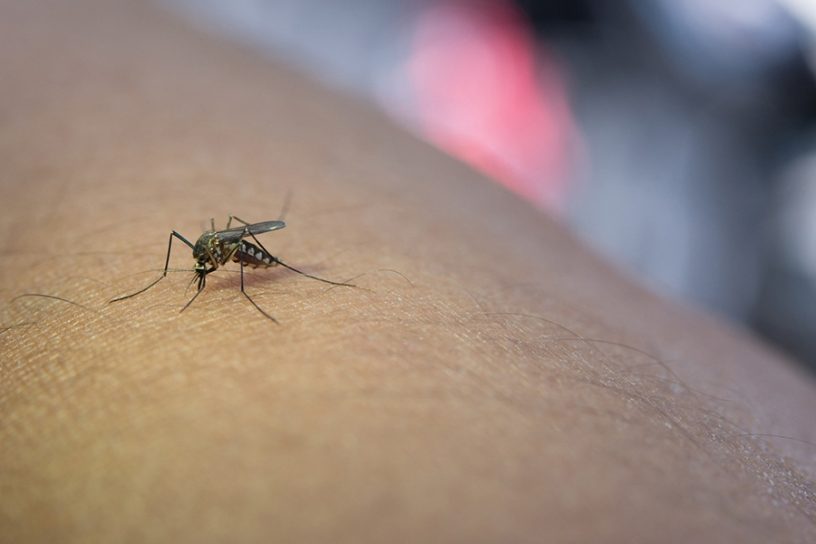
Household’s vulnerability to malaria differed according to state climatic vulnerability level and socioeconomic factors.
Authors
Pradeep Guin, Associate Professor, Jindal School of Government and Public Policy, O.P. Jindal Global University, Sonipat, Haryana, India.
E. Lokesh Kumar, Independent Consultant.
Indranil Mukhopadhyay, Professor, Jindal School of Government and Public Policy, O.P. Jindal Global University, Sonipat, Haryana, India.
Summary
Malaria remains a public health challenge across several African and South-East Asia Region countries, including India, despite making gains in malaria-related morbidity and mortality. Poor climatic and socioeconomic factors are known to increase population vulnerability to malaria. However, there is scant literature from India exploring this link using large population-based data.
Objectives
This study aims to study the role of climatic and socioeconomic factors in determining population vulnerability to malaria in India.
Materials and Methods
We used logistic regression models on a nationally representative sample of 91,207 households, obtained from the National Sample Survey Organization (69th round), to study the determinants of household vulnerability.
Results
Households that resided in high (odds ratio [OR]: 1.876, P < 0.01) and moderately high (OR: 3.427, P < 0.01), compared to low climatically vulnerable states were at greater odds of suffering from malaria. Among households that faced the problem of mosquitoes/flies compared to the reference group, the urban households were at higher risk of suffering from malaria (OR: 8.318, P < 0.01) compared to rural households (OR: 2.951, P < 0.01). Households from the lower income quintiles, caste, poor physical condition of their houses, poor garbage management, and water stagnation around the source of drinking water, strongly predicted malaria vulnerability.
Conclusion
Household’s vulnerability to malaria differed according to state climatic vulnerability level and socioeconomic factors. More efforts by integrating local endemicity, epidemiological, and entomological information about malaria transmission must be considered while designing malaria mitigation strategies for better prevention and treatment outcomes.
Published in: Indian Journal of Public Health
To read the full article, please click here.


